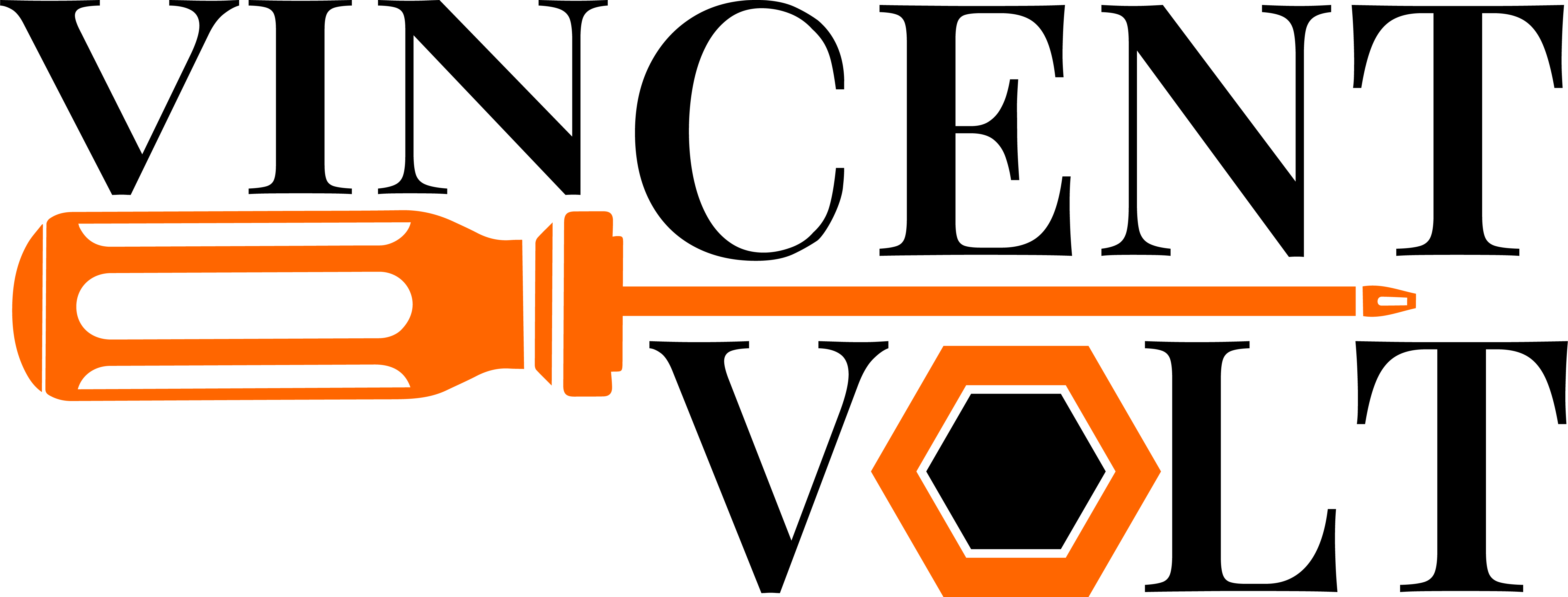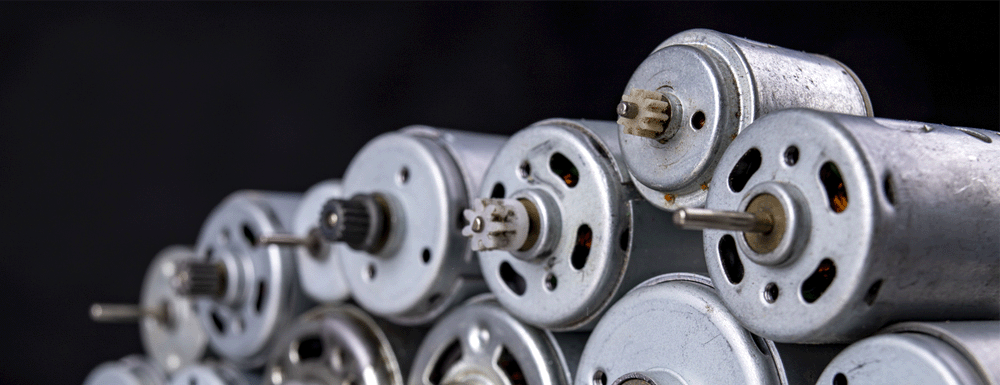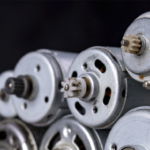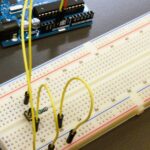Toy motors are an essential component in many of the gadgets and toys that captivate the imaginations of children and adults alike. From simple wind-up toys to complex robotic kits, these miniature engines bring countless playthings to life, providing entertainment and education. In this blog, we’ll explore the various types of toy motors, their applications, and how they contribute to the world of play.
What Are Toy Motors?
Toy motors are small electrical or mechanical devices that convert energy into motion. They are typically used in toys to create movement, sound, or other interactive features. Depending on the design of the toy, motors can be used to propel cars, rotate parts, lift objects, or create vibrations, among other functions.
Types of Toy Motors
- DC Motors: Direct current (DC) motors are among the most common types used in toys. They operate on a simple principle: when electrical current passes through a coil, it generates a magnetic field that causes the motor shaft to rotate. These motors are widely used in remote-controlled cars, action figures, and robotic kits.
- Servo Motors: Servo motors provide precise control over angular position, making them ideal for applications that require specific movements, such as in robotic arms or remote-controlled vehicles. They are often used in more advanced toys and educational kits where accuracy is essential.
- Stepper Motors: Stepper motors move in discrete steps, allowing for precise control over movement and position. These motors are often used in more complex toys that require a high level of accuracy, such as 3D printers and robotics.
- Wind-Up Motors: Wind-up motors are mechanical devices that use a coiled spring to store energy. When the spring unwinds, it turns a gear, causing the toy to move. These motors are commonly found in traditional toys like wind-up cars and musical boxes.
Applications of Toy Motors
- Educational Toys: Toy motors play a crucial role in STEM (Science, Technology, Engineering, and Mathematics) education. Kits that allow children to build their own robots or mechanical devices provide hands-on experience with engineering concepts and motor function.
- Remote-Controlled Vehicles: From cars to drones, toy motors enable remote-controlled vehicles to move, turn, and perform tricks. They provide a thrilling experience for users and encourage exploration and outdoor play.
- Robotic Kits: Robotics has become increasingly popular among children and hobbyists. Many robotic kits include toy motors that allow users to build and program their robots, promoting critical thinking and problem-solving skills.
- Action Figures and Dolls: Toy motors enhance the interactivity of action figures and dolls, allowing them to move, speak, or perform other actions. This adds an extra layer of engagement for children during playtime.
The Benefits of Playing with Toy Motors
Playing with toy motors can offer numerous benefits for children:
- Encourages Creativity: Building and experimenting with toy motors encourages children to think outside the box and come up with their own designs and inventions.
- Develops Fine Motor Skills: As children manipulate components, they develop hand-eye coordination and fine motor skills.
- Promotes Problem-Solving: Understanding how motors work and troubleshooting issues fosters critical thinking and problem-solving abilities.
- Enhances Learning: Through hands-on experiences, children can grasp complex scientific and engineering concepts in a fun and engaging way.
Conclusion
Toy motors are not just components of playthings; they are gateways to creativity, learning, and exploration. Whether it’s building a robotic arm, racing a remote-controlled car, or winding up a classic toy, these miniature engines enhance the play experience and help children develop valuable skills. As technology continues to evolve, the world of toy motors will only become more exciting, opening up new possibilities for fun and education.











I am extremely impressed along with your writing talents as neatly as with the format to your weblog. Is that this a paid topic or did you modify it your self? Either way stay up the excellent high quality writing, it’s rare to look a nice weblog like this one nowadays!